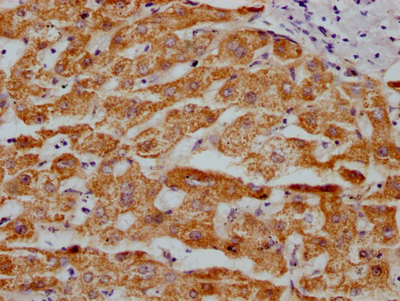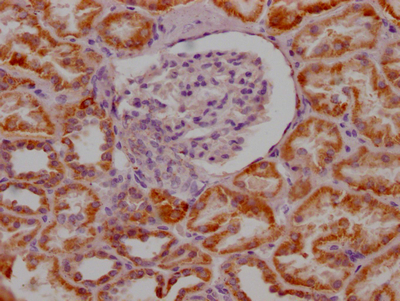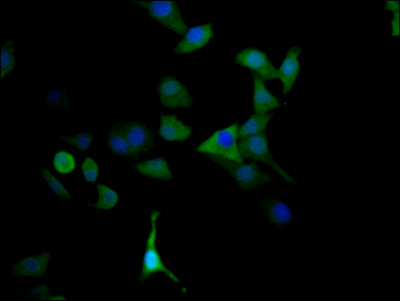To produce the MAOA recombinant monoclonal antibody, a series of intricate steps are involved. Initially, the MAOA monoclonal antibody is collected and its genetic sequence is determined by gene sequencing. A vector containing the MAOA monoclonal antibody gene is then constructed and transfected into a host cell line for culturing. An immunogen utilized to create the MAOA monoclonal antibody is a synthesized peptide derived from human MAOA. To ensure high purity, the resulting MAOA recombinant monoclonal antibody undergoes purification using affinity chromatography. Finally, this antibody is assessed for its specificity in ELISA, IHC, and IF assays to verify its capability to accurately identify MAOA. It only detects human MAOA protein.
The MAOA protein is an enzyme that plays a critical role in the metabolism of monoamine neurotransmitters, the regulation of mood and behavior, and the metabolism of dietary amines. MAOA catalyzes the oxidative deamination of monoamine neurotransmitters, such as serotonin, norepinephrine, and dopamine. MAOA also plays a role in the metabolism of dietary amines, such as tyramine and phenylethylamine, which are found in various foods, including cheese, wine, and chocolate. Ingestion of these amines can lead to a hypertensive crisis in individuals with MAOA deficiency, a rare genetic disorder that leads to high levels of monoamine neurotransmitters. Dysregulation of MAOA activity has been implicated in the pathogenesis of various neuropsychiatric disorders, including depression, anxiety, and aggression.








